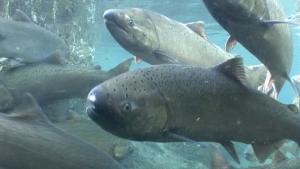Tool
Models and tools for water quality improvement
Computer models are used extensively for water quality management and Total Maximum Daily Load studies. Models are tools used to predict how a water body will respond to changes in the amount of pollution loading a river or stream receives. This helps us identify specific strategies and numerical loading requirements in our effort to meet clean water standards across the state.
This tool provides access to a number of downloadable models for public use.
Details
Assets


